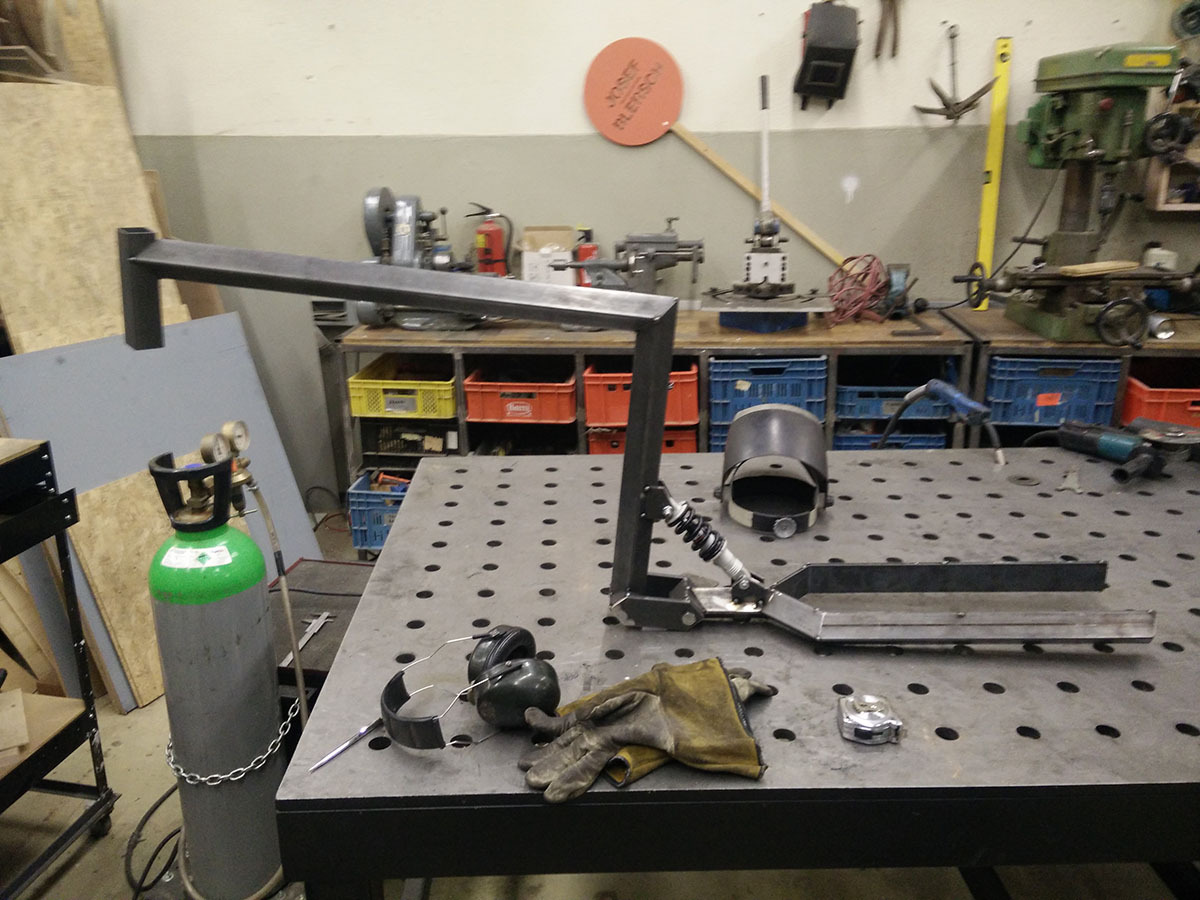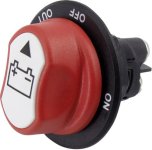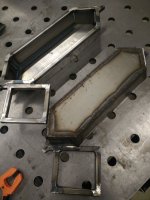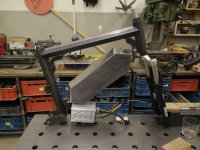Hi, my first post and fist steps in to the world of ebike/moped-ing.
Forgive my ignorance and that did not sieve through the whole forum for double posts, a whole forum of information can be intimidating when you take your first steps in it.
As a european/dutch citizen, I have been very familiar with bikes and mopeds,
The whole e-bike thing is working quite well here, the moped side not really, you see the occasional scooter, but I'm not interested in those stunted dwarfish things
Like I said, I am a moped enthousiast , own a fully restored kreidler florett (1968), and had my fair share of hondas in my teens.
I own a design and construction company, (furniture and the likes), so welding and electronics can be done.
I would like to build (from scratch) an E-moped (so spoked wheels, large tires, etc.), legality will be an issue, but not in this moment of time.
I would like to have moped speed 45kmh.
My question:
What would you guys recommend for a basic rear wheel setup (motor, battery, controllers)to get an e-moped up to the 45kmh range with +-26" wheels, no pedal assist.
Forgive my ignorance and that did not sieve through the whole forum for double posts, a whole forum of information can be intimidating when you take your first steps in it.
As a european/dutch citizen, I have been very familiar with bikes and mopeds,
The whole e-bike thing is working quite well here, the moped side not really, you see the occasional scooter, but I'm not interested in those stunted dwarfish things
Like I said, I am a moped enthousiast , own a fully restored kreidler florett (1968), and had my fair share of hondas in my teens.
I own a design and construction company, (furniture and the likes), so welding and electronics can be done.
I would like to build (from scratch) an E-moped (so spoked wheels, large tires, etc.), legality will be an issue, but not in this moment of time.
I would like to have moped speed 45kmh.
My question:
What would you guys recommend for a basic rear wheel setup (motor, battery, controllers)to get an e-moped up to the 45kmh range with +-26" wheels, no pedal assist.







